Gilgil, Kenya
At our Gilgil hut in the Rift Valley I’ve had a new flower garden planted to welcome my wife Claire home from England. Here at 7,000 feet in Africa, temperate and tropical species grow together: roses and aloes, pears and bananas. In midwinter, when she went under the knife, I was back in Kenya, trucking in gardenias, honeysuckles and hydrangeas. During springtime in her chemotherapy pod, as the red liquid dripped into her arm, I was talking with our landscaper Eileen about marguerites, birds of paradise and camellias. When Claire was pinned down by radiation earlier this summer, at our hut the rains were drenching new lilies, the giant iris, lavender and buddleias. Now at last she’s home.
In some ways Claire prefers Gilgil to the ranch. Here life is green and more ordered, like a garden — away from the rock fields and dust devils. Here there’s a social life, whereas on the ranch one senses what it would be like to live in a Mad Max or zombie movie. Ranch life is for me much better than Gilgil, but whereas wildness is tolerable and even enjoyable on the farm, in Gilgil it’s a threat — and most of all, it’s a menace to the new garden.
We used to have chickens in Gilgil, where mongooses did not kill them. Cowhands did not steal them. The chickens multiplied until there were mobs of them. We kept geese as guard dogs. We had a little flock of fluffy sheep in a paddock. They thrived here, whereas on the farm they are routinely rustled, or slaughtered by cheetahs. The problem with the chickens, sheep and geese was that they all began eating the new flower garden. I could see that soon, all of Claire’s new plants would be gone — and so I sent them all away clucking, honking and bleating to the farm. Peace.
But instead, a new visitor arrived in Gilgil, our suburban paradise. One morning I found his vast hoof prints denting my Kikuyu grass lawn, which I’ve done my best to manicure. A large, old bull buffalo. Then at night the dogs encountered seven buffaloes in the garden. Who knows where they came from, but this herd, made up of cows and calves, vanished within a day or two. The old bull stayed. What he likes doing most is ‘horning’ young saplings, especially juniper trees, possibly because he likes getting the aromatic oily cedar sap around his ears to drive off ticks and flies. Horning thoroughly destroys a young tree.
This is not the first time a buffalo has been sighted here. Golfers on the spectacular course below the house occasionally meet them on the fairways. And it’s not the only wildlife species either. In Gilgil there are wild pigs, duikers (a small antelope), porcupines and ant bears. On the golf course years ago a lion famously bounded after an elderly lady out walking her dogs between the second and third holes. Her son’s solution was to make her go back out in the following days, with strips of raw meat stapled to her jacket, while he and a friend positioned themselves with hunting rifles on the teeing grounds. They literally used the old bird as bait (though the lion was too wise to show up on the links again).
Until now, the porcupines and so on have stayed out of the new garden. Not the buffalo. These days in Kenya killing a buffalo is verboten, even in one’s herbaceous border. We tried calling the wildlife rangers hoping they’d come to do it, but in vain. Shooting a buffalo is quite dangerous. These days, to go for a walk in our six acres of grounds is very clearly to risk one’s life. Weeding flowerbeds is for me an experience as much filled with adrenaline as when I ran the bulls during Pamplona’s festival of San Fermín long ago. Gilgil may be what Kenyans call a civilised, even tame sort of place — but people are quite a resilient lot. At the Gilgil Club bar, I raised the issue of what to do about the buffalo eating our garden. ‘Leave him alone,’ said one neighbour. ‘Buffaloes make good askaris.’ A woman said, ‘I came face to face with him last weekend. I call him “Old Knock Knees”.’ After a pause she said, quite cheerfully, ‘I suppose he’ll kill somebody.’
And so the old bull lurks in thickets and gulches by day, while Claire looks at her garden and we say how much we hope life can return to normal. By night the buffalo emerges, to spend the hours of darkness sampling a salad bar of expensively planted heliotrope and oleander, of angelonia and agapanthus.
Got something to add? Join the discussion and comment below.
Get 10 issues for just $10
Subscribe to The Spectator Australia today for the next 10 magazine issues, plus full online access, for just $10.


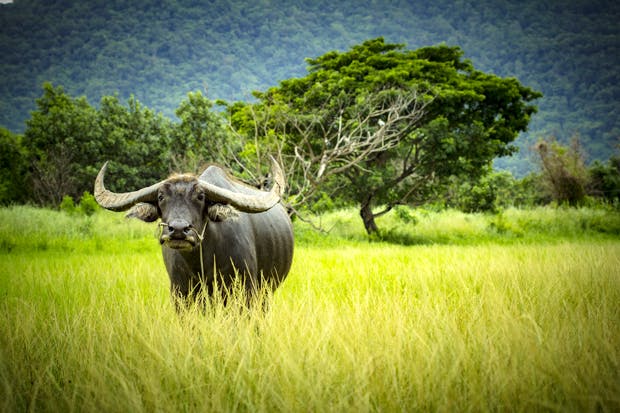
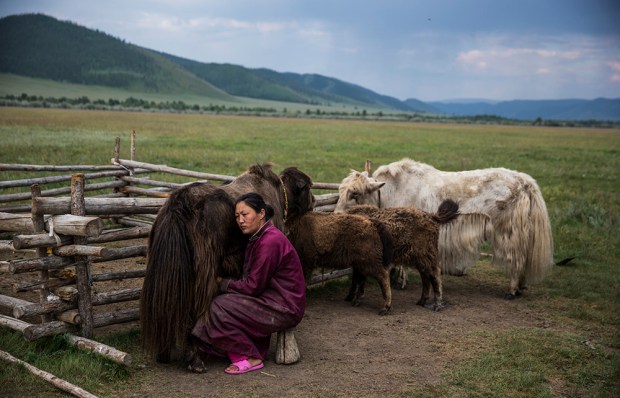
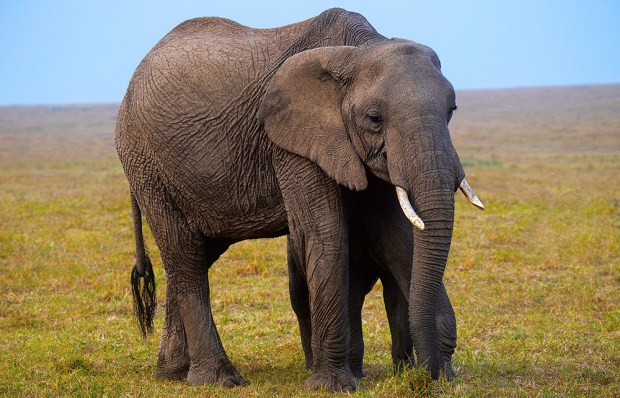
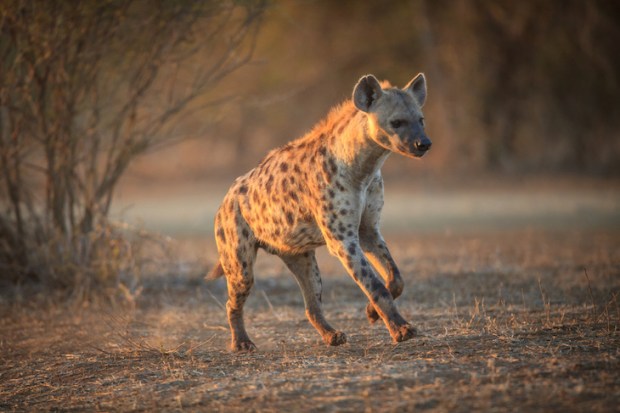
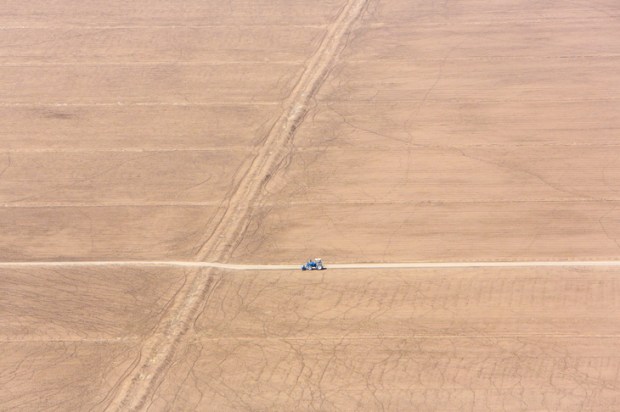

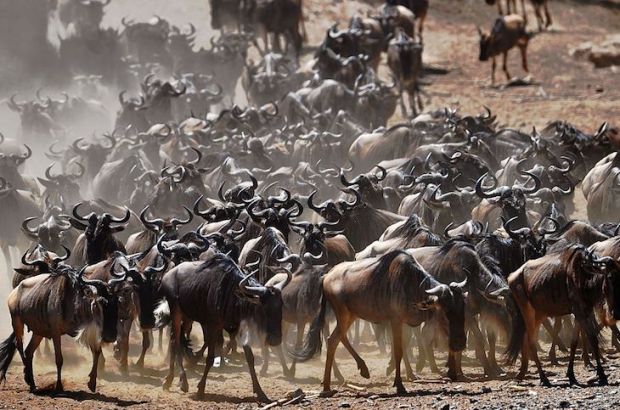






Comments
Don't miss out
Join the conversation with other Spectator Australia readers. Subscribe to leave a comment.
SUBSCRIBEAlready a subscriber? Log in